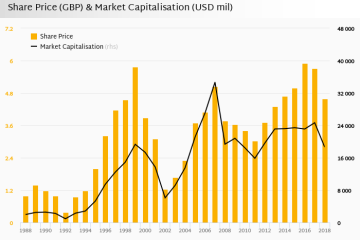Exploring WPP: A Titan in Global Marketing Services

Introduction
WPP, one of the world’s largest advertising and marketing services companies, is central to the evolving landscape of digital marketing and communications. As advertisers face growing challenges in reaching consumers through traditional channels, WPP’s innovative approaches and integrated solutions are becoming increasingly important and relevant. This article delves into the significance of WPP’s strategies, recent developments, and the company’s influence on the global marketing scene.
Recent Developments and Strategy
In recent months, WPP has focused on leveraging technology and data analytics to enhance customer engagement. The company invested heavily in artificial intelligence and machine learning capabilities, which are now embedded in its marketing strategies. This ongoing digital transformation aims to provide clients with richer insights into consumer behaviour, thereby enabling more targeted and effective campaigns.
Furthermore, WPP’s acquisition of leading tech firms has allowed it to expand its service offerings. In late 2022, the company acquired the digital marketing agency, Addressable, which specializes in programmatic advertising solutions. This acquisition strengthens WPP’s ability to provide tailored solutions across various platforms and demonstrate measurable results.
WPP’s Global Presence and Impact
With a presence in over 100 countries and employing around 100,000 people, WPP continues to be a dominant force in the marketing industry. The company’s diverse portfolio includes well-known brands such as JWT, Ogilvy, and Grey. These agencies enable WPP to deliver integrated marketing solutions across multiple channels, adapting to the specific needs of clients in different regions.
WPP’s recent initiatives in sustainability and social responsibility also reflect its commitment to making a positive impact. The company launched the WPP Sustainability Report 2023, highlighting its goals to reduce carbon emissions and support social equity through marketing initiatives. This focus on sustainable practices resonates with an increasingly conscientious consumer base and sets WPP apart in a competitive market.
Conclusion
As WPP navigates the complexities of a changing marketing landscape, its ability to adapt and innovate remains a key advantage. The integration of advanced technology, strategic acquisitions, and commitment to sustainability positions WPP strongly for the future. Customers and stakeholders alike will be closely watching how WPP evolves its practices to meet the demands of the digital world and address social concerns effectively. The forecasts suggest that WPP will continue to play a pivotal role in shaping marketing strategies, influencing how brands connect with consumers worldwide.








